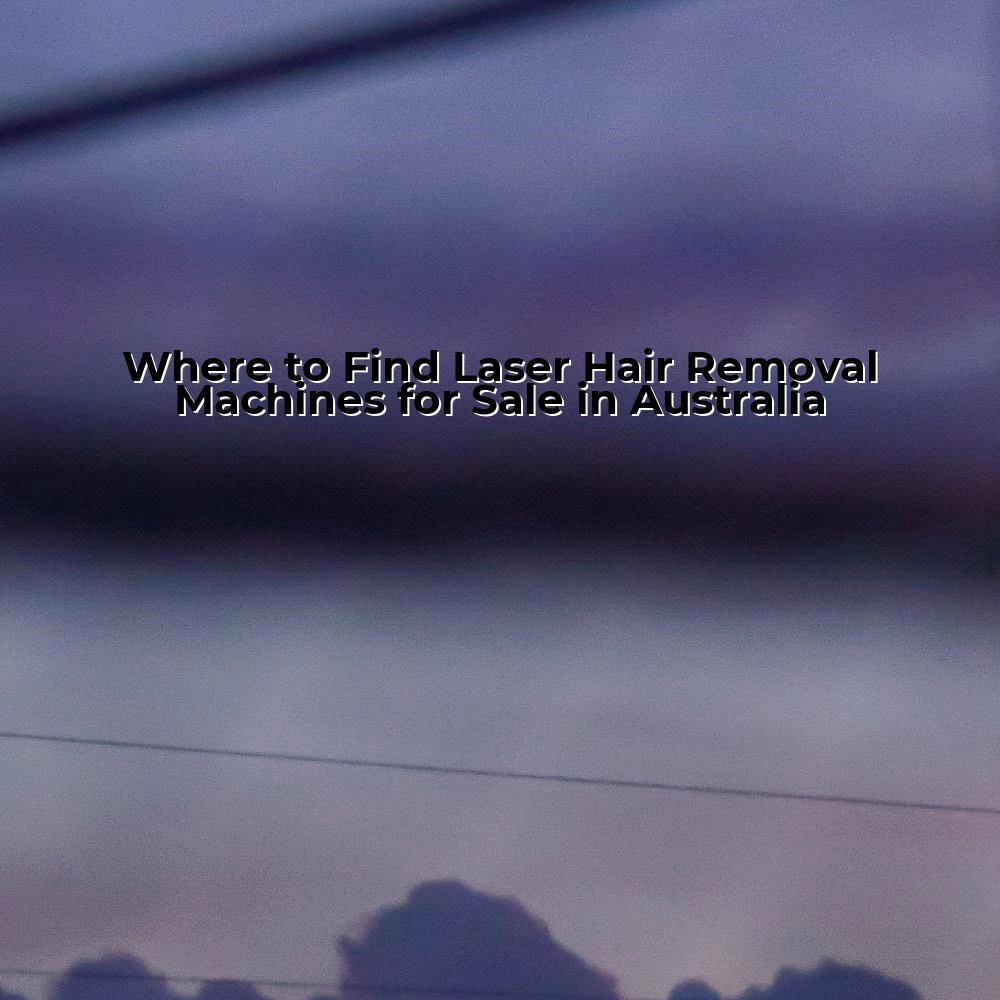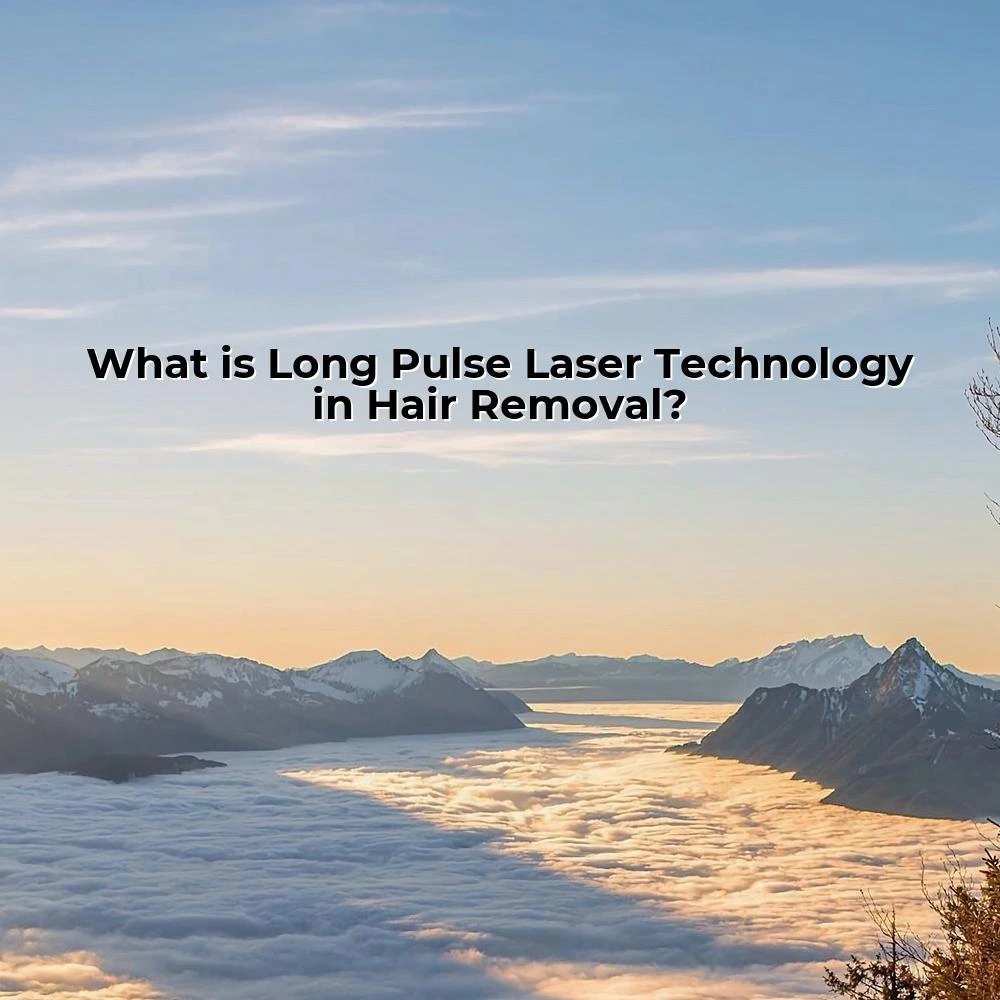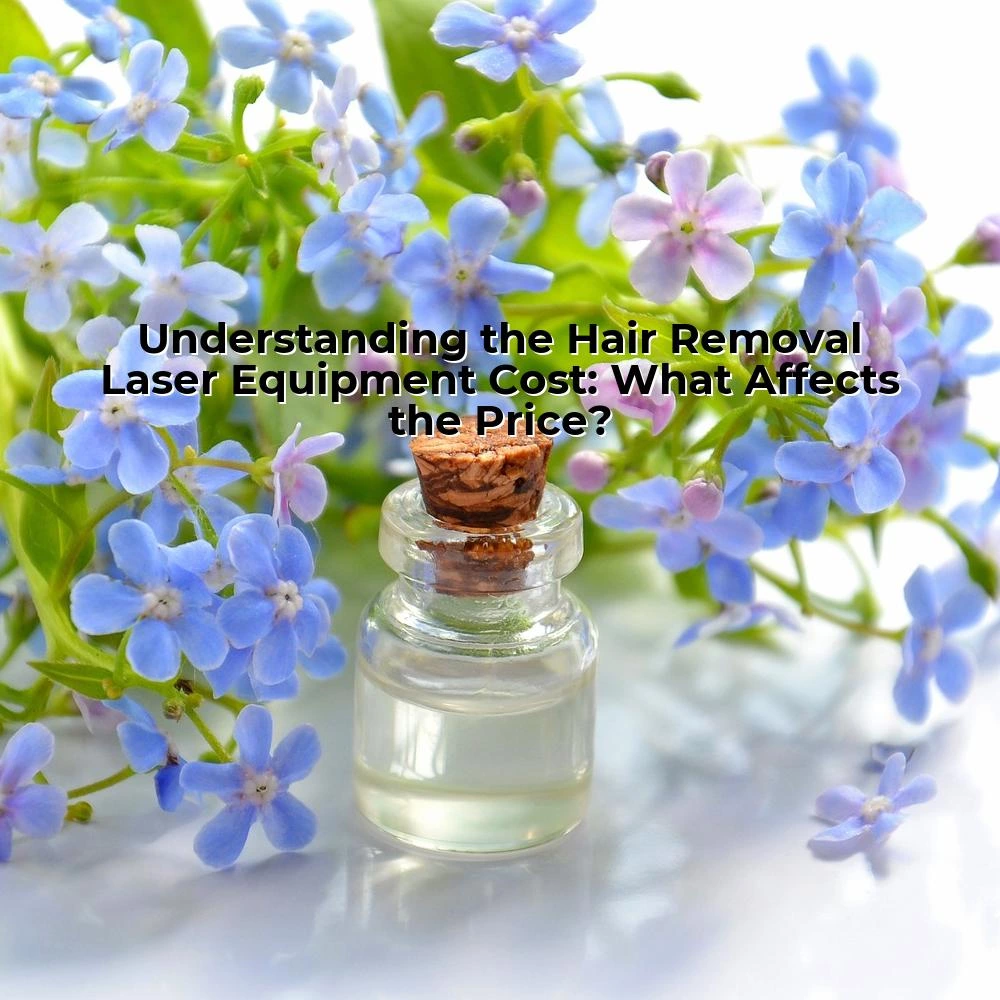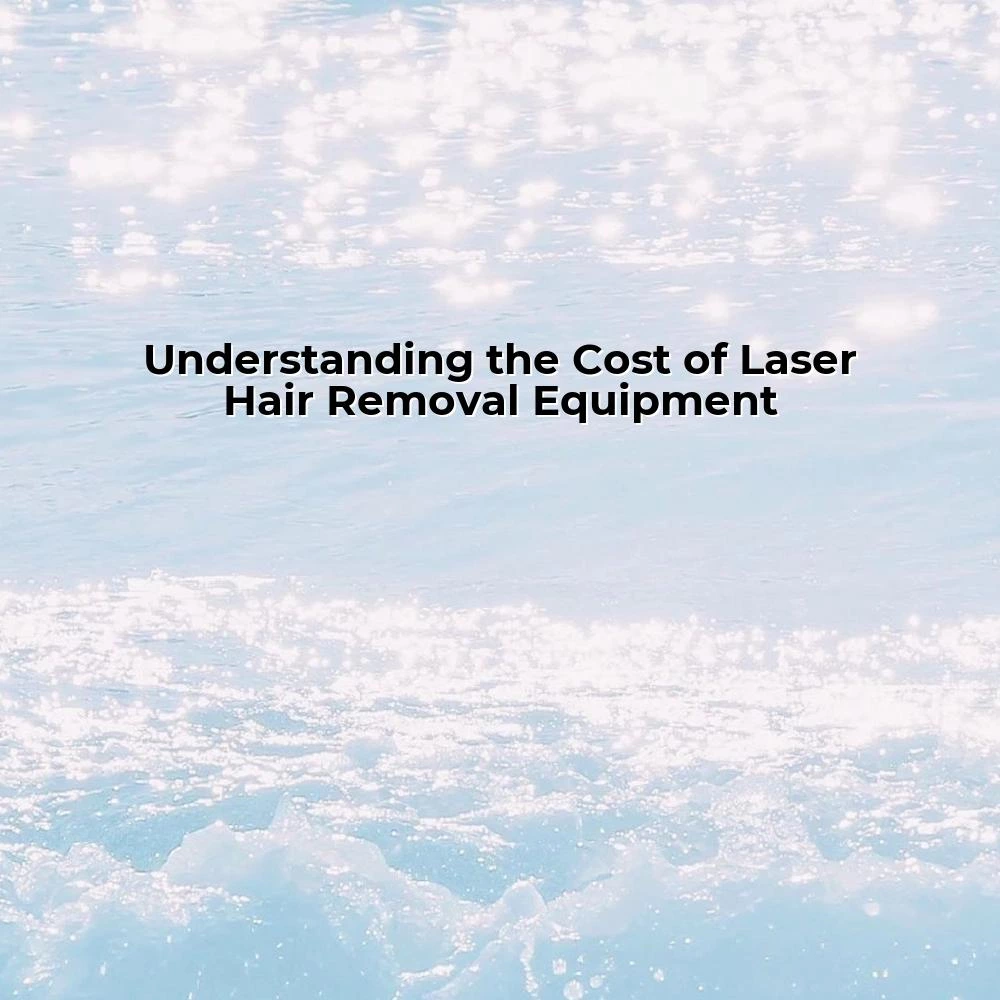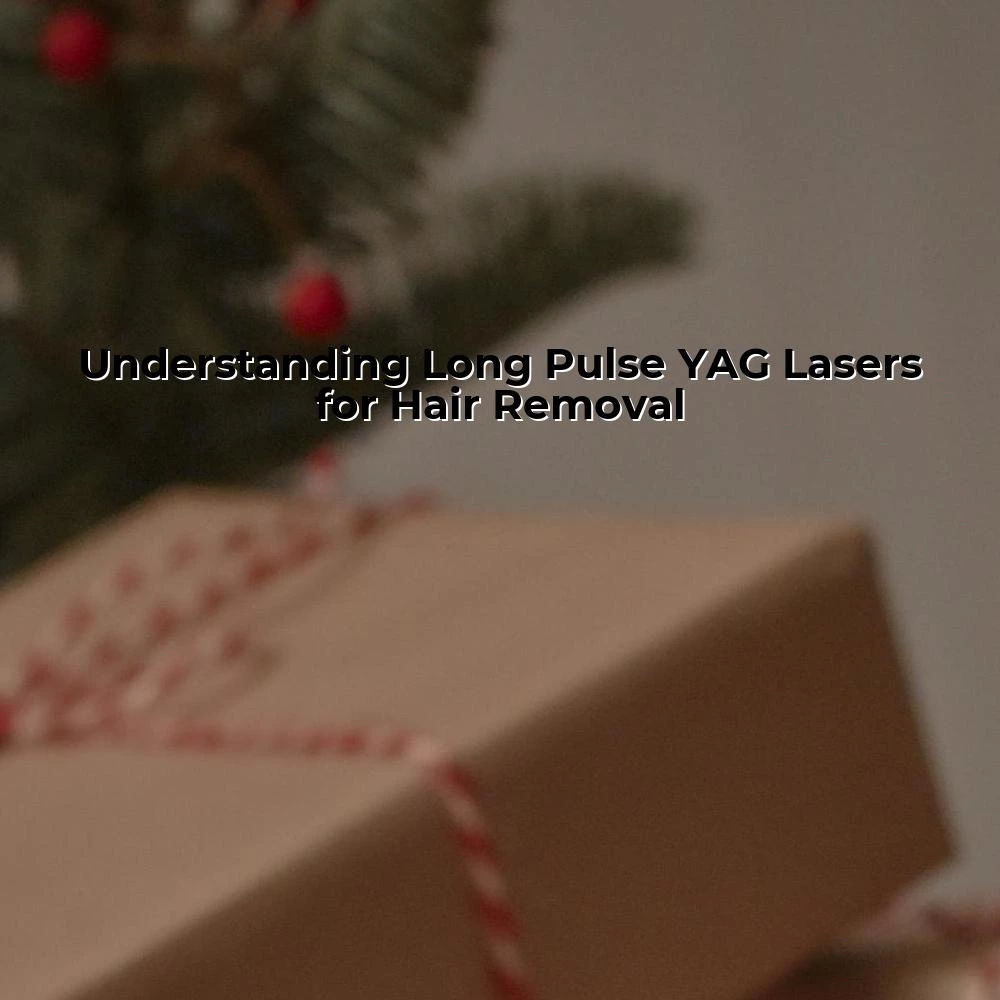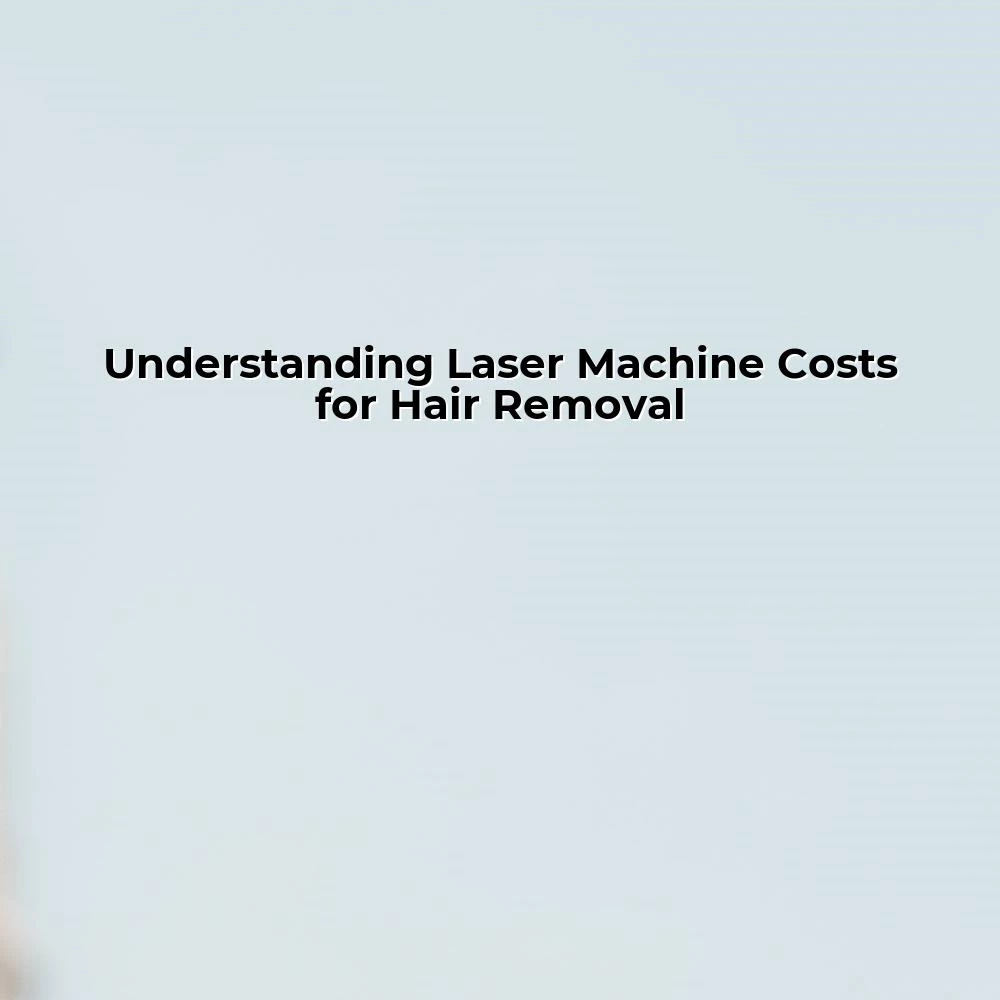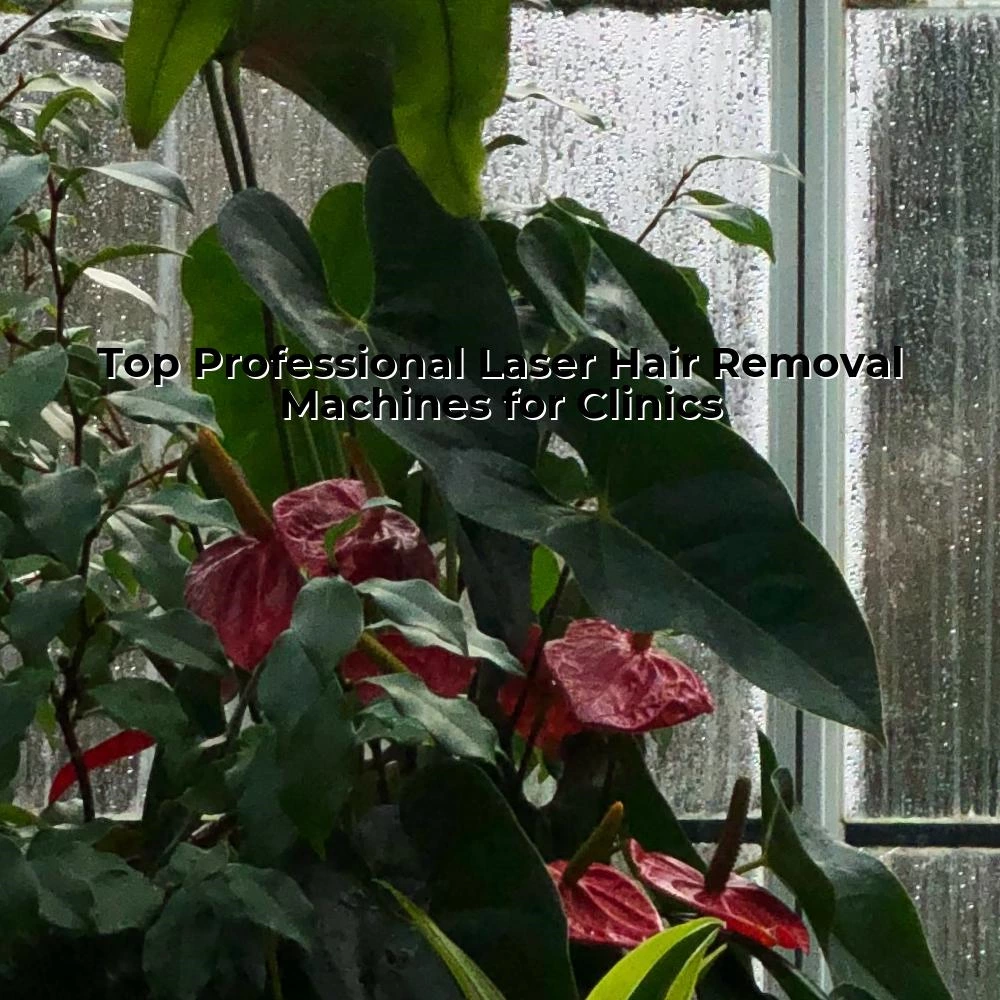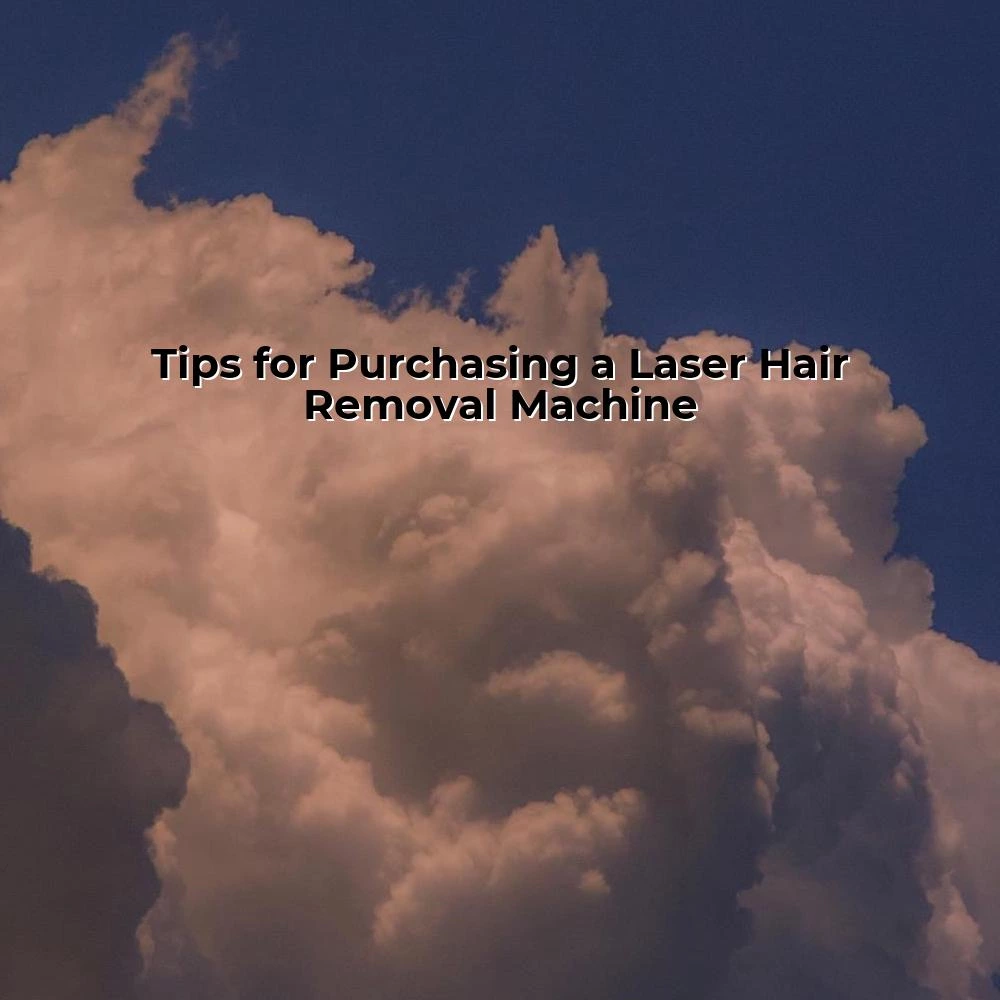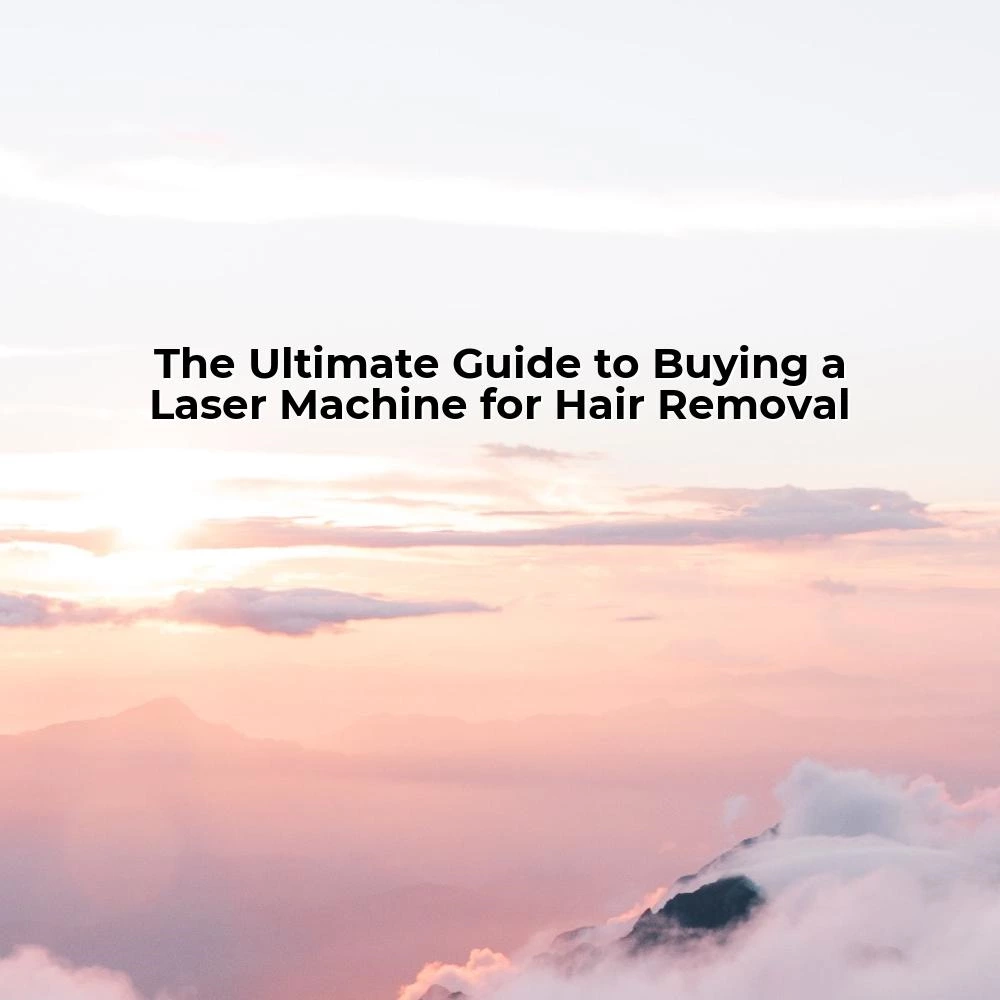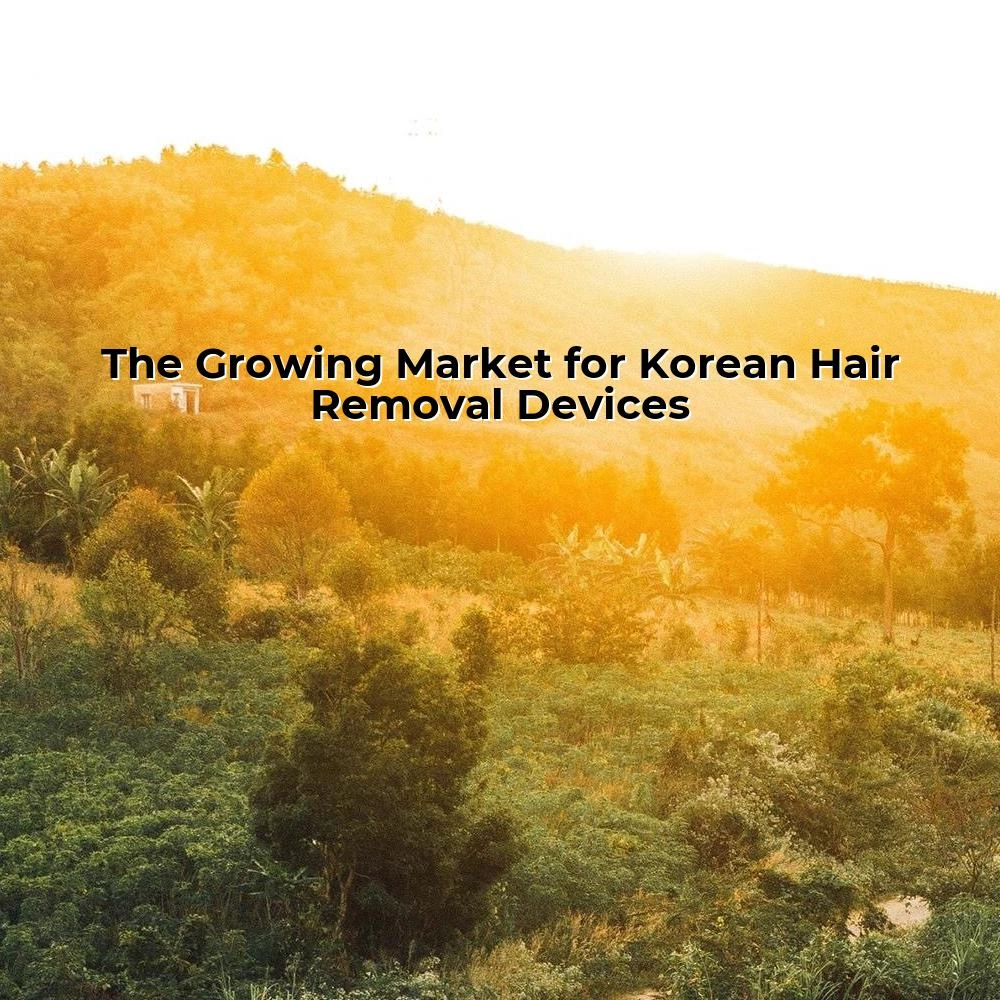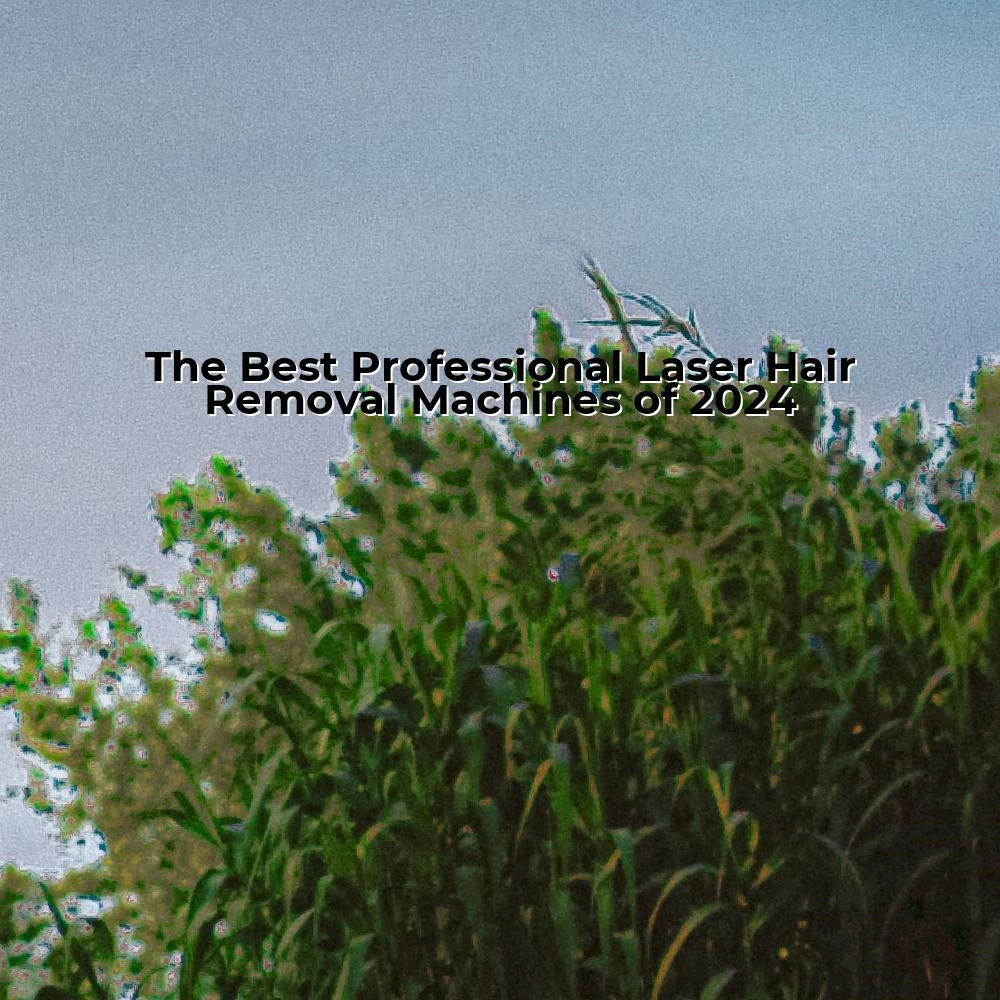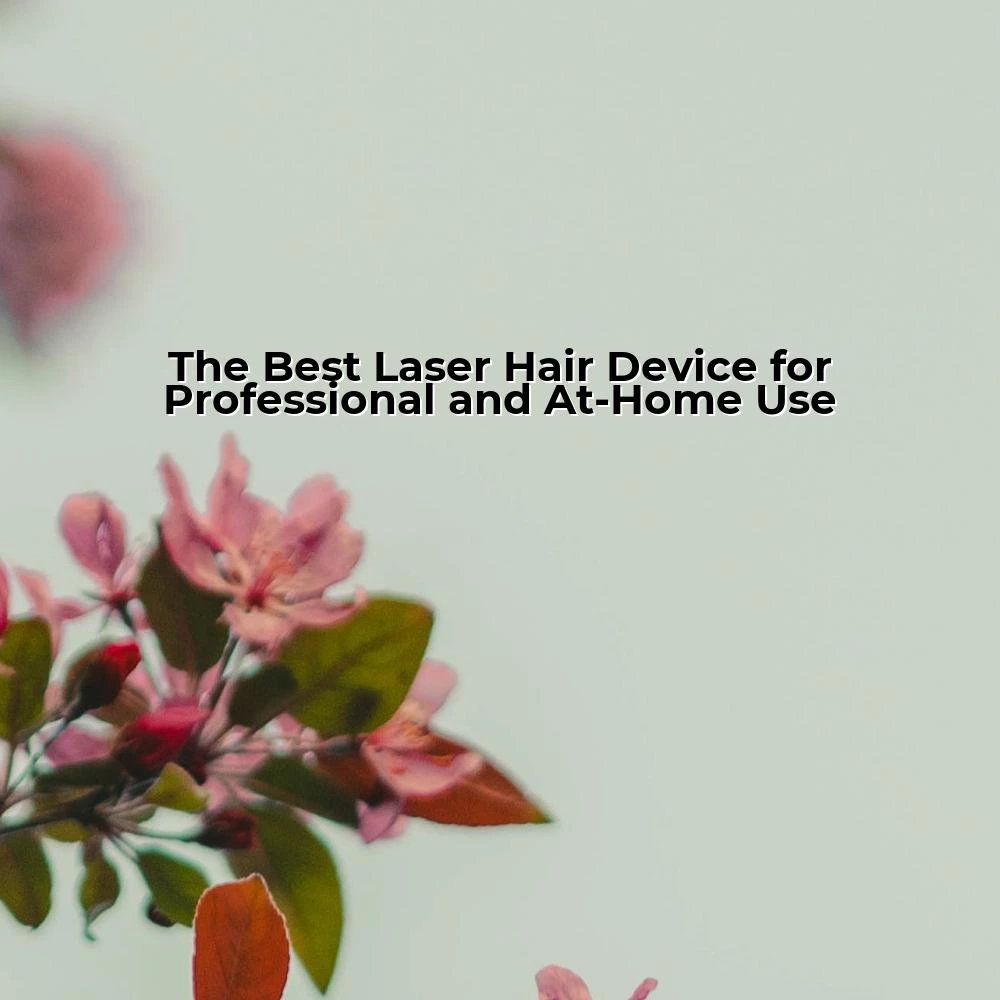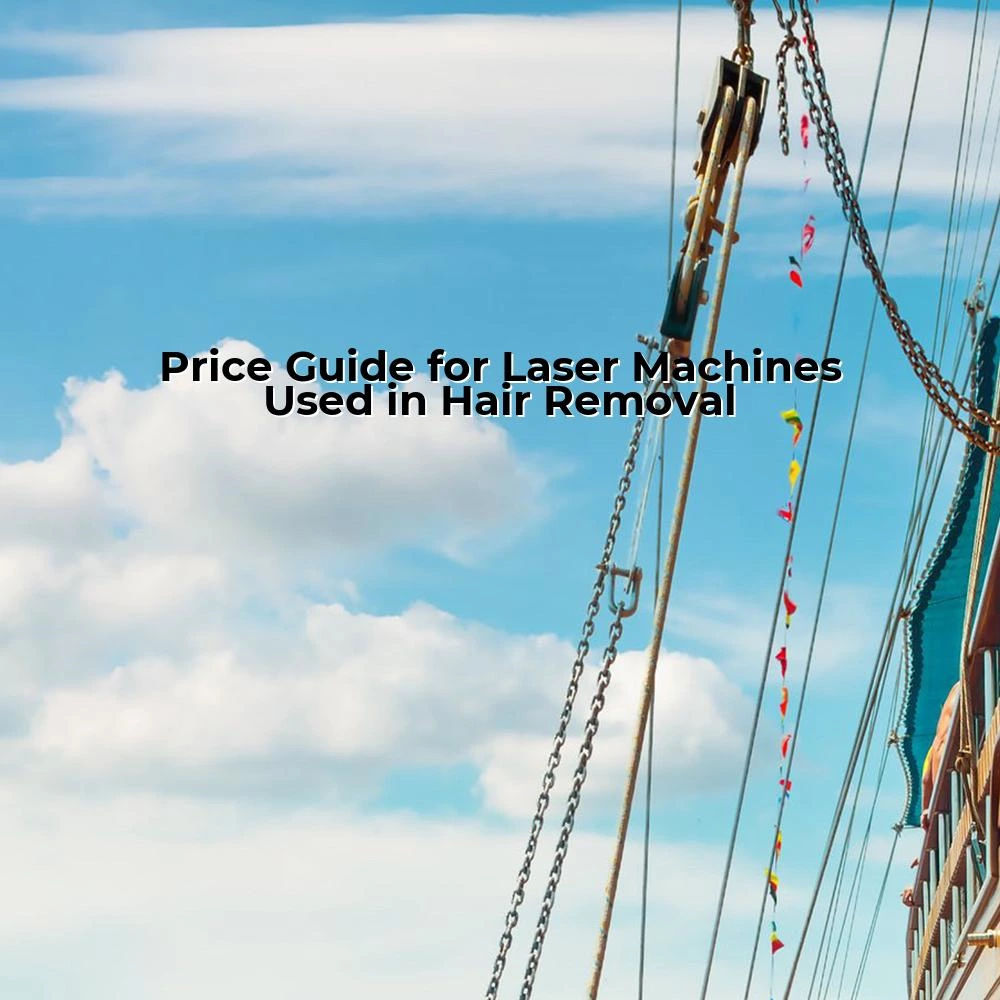
Many people choose to remove excess hair from their body and face for cosmetic, social or medical reasons. Increased hair is mainly seen in hirsutism and trichotillomania. Hirsutism refers to the appearance or increase of hair in androgen-dependent areas in women. Tricholoma refers to increased hair in any area of the body in men or women. There are many traditional hair removal methods, such as waxing, shaving, tweezing, chemical hair removal, etc. These methods can only temporarily remove the hair shaft on the surface of the skin, leaving the deep hair follicles intact, and the hair regenerates quickly. Electrolysis and hot melt can effectively destroy hair follicles and prevent hair regeneration. Although these two methods can remove hair permanently, they are cumbersome, time-consuming, inefficient, and may leave scars, so they are rarely used now.
Laser hair removal is now widely used. Laser can conveniently and permanently remove hair from a large area of the human body, such as lip hair, beard, hairline, excess eyebrows (eyebrow trimming), inverted eyelashes, pubic hair in the groin and perineum, excess body hair on the trunk and limbs, and indecent hair formed after skin grafting or flap surgery. Compared with the above hair removal methods, laser hair removal is convenient, efficient, has less discomfort, and has a low incidence of scars and other complications.
As early as the 1960s, Goldman first described the destruction of melanin in hair follicles by ruby laser, but it was not used clinically. In the 1980s, Ohshiro described hair loss after ruby laser treatment of pigmented nevus, but the epidermis was also severely damaged. In 1993, Harvard University's Wellman Medical Optics Laboratory launched research on ruby laser hair removal. Subsequently, ruby lasers, Nd:YAG lasers, etc. were successively used in laser hair removal treatments and achieved remarkable results. Since then, new laser machines have been developed one after another and achieved ideal clinical treatment results. Laser hair removal is often used for congenital hirsutism, while most acquired hirsutism is often accompanied by obvious endocrine disorders. Severe internal diseases must be ruled out and all drugs that may cause hirsutism must be stopped or anti-androgen drugs must be taken to eradicate the cause. .
The principle of laser hair removal is based on the theory of selective photothermal action. Hair follicles and hair shafts are rich in melanin. Melanin is distributed between cells in the hair bulb matrix and can also be transferred to the structure of the hair shaft. Laser can specifically treat melanin. After the melanin absorbs the energy of the laser, the temperature rises sharply, causing the surrounding hair follicle tissue to become acidic and achieve the purpose of hair removal.
According to the theory of selective photothermal action, hair follicles can be destroyed accurately without causing damage to adjacent tissues by selecting appropriate wavelength, pulse width and energy density.
(1) Selection of wavelength
Since the hair bulb is deep, it is necessary to use a light source with a longer wavelength and deeper penetration. When the wavelength is too short, due to poor penetration, it is difficult to reach the deep hair follicle hair shaft and surrounding pigment-containing matrix tissue. At the same time, epidermal melanin and hair follicle melanin compete for energy and easily burn the epidermis, so we mostly use the 694~1064nm band wavelength. In order to destroy target cells more effectively and achieve the purpose of hair removal. Currently, the wavelengths commonly used for hair removal are 694nm, 755nm, 800nm and 1064nm, among which 755nm and 800nm are more commonly used.
(2) Selection of pulse width
Pulse width also plays a very important role in laser hair removal. When the pulse width is less than the thermal relaxation time of the target cells, it can cause target cell destruction. When the pulse width is greater than the thermal relaxation time of the target cells, the target cells are less likely to be damaged, so in When selecting the pulse width, it is better to choose a pulse width that is larger than that of non-target cells and smaller than that of target cells. Generally speaking, the thermal relaxation time of epidermal melanocytes is 0~10ms. Hair shafts, hair follicles and their epidermal melanocytes have larger particles and longer thermal relaxation times of 40~100ms, so we choose the pulse width for hair removal. 10~100ms. For non-pigmented hair follicle stem cells other than hair, which are our main target cells for long-term hair removal, we can give a pulse width greater than the thermal relaxation time of the hair shaft in order to destroy the entire hair follicle and achieve permanent hair removal. It often works better on patients with darker skin tones, and adverse reactions will be significantly reduced.
(3) Selection of energy density
Laser hair removal must use an appropriate energy density. If the energy density is too small, it will not achieve the therapeutic purpose, and if it is too large, it will cause side damage. Generally speaking, the energy density of the laser is the maximum energy density that the patient can tolerate without causing obvious side effects. should.
(1) Ruby laser The ruby laser has a wavelength of 694nm. Due to its short wavelength and limited penetration depth, it cannot effectively penetrate deep into the hair, so the hair removal effect is not obvious, and it is rarely reused now. Moreover, the 694nm wavelength is not only easily absorbed by the hair shaft, but also by epidermal melanocytes. Especially for people of color, it is more likely to cause epidermal damage such as epidermal depigmentation, blisters, and edema scars. The pulse width of the ruby laser is short and smaller than the epidermal thermal relaxation time, so it is easy to burn the epidermis.
The alexandrite laser has a laser wavelength of 755nm and is a commonly used hair removal laser today. Its penetration ability is stronger than that of ruby laser, and its depth of action is deeper than that of ruby laser. The hair removal effect is better, the adverse reactions are less, and the time is shorter. The main adverse reactions include skin erythema, pigmentation, folliculitis, etc. It is mainly seen in patients with darker skin or those who apply ice correctly after surgery. Treatment parameters: pulse width 0.5~300m8, energy density 5~100J/cm?, y
Common clinical alexandrite lasers include: Apogee (Cynosure) Epitouch (Sharplan), Ge spot size 3~15mm.
telase (Gandela), Ulrawave (Adept Medical) and Epicare (Light Age), etc.
(3) Semiconductor laser The wavelength of the semiconductor laser is 800nm/810nm, which is especially suitable for people with yellow skin. The penetration depth of semiconductor laser is deeper than that of ruby laser and alexandrite laser. The melanin in hair follicles absorbs more 800nm photons and causes greater damage to hair follicles. Epidermal melanin absorbs less 800nm photons emitted by semiconductor lasers, causing less damage and less adverse reactions. Semiconductor lasers have low cost, strong reliability, small size, and special requirements for power supply. They are also equipped with a synchronous cooling system and do not require external cooling systems or ventilation equipment. Treatment parameters: pulse time 5~1000ms, energy density 5~100J/cm?, spot size 2~14mm. Common clinical semiconductor laser hair removal machines include: LightSheer (Coherent, Lumenis), Apex-800 (Iridex), SLP1000 (Palomar), Mediostar (Aesclepion) and F1 semiconductor laser (OpuMedical Inc), etc.
(4) Neodymium-doped yttrium aluminum garnet (Nd:YAG) laser
Nd:YAG (1064nm) laser has two modes of laser for hair removal:
One is a high-power 0-switch Nd:YAG laser such as the American ConlioMedlive IV. Since the hair growth cells are not destroyed, the hair will continue to grow. At the same time, the melanin of the hair follicles is destroyed, and the melanin production is reduced, causing the growing hair to turn white. Currently, the 0-switch The 1064nm laser mode is rarely used for hair removal.
The other is the long pulse width Nd:YAG laser, which has been proven to have obvious hair removal effects, especially black and coarse hair. After treatment, the hair can be basically removed. Except for erythema, edema and pain during treatment, the incidence of other adverse reactions such as pigment changes is very low. It is especially suitable for patients with darker skin. Treatment parameters: pulse width 0.25~500ms, energy density 10-600J/cm’, spot size 3~18mm.
Common Nd: YAG laser hair removal machines include: Lyra (Laserscope), CoolGlide (Ctera), Ultrawave (Adept Medical), Profle (Sciton), Vasculight (Lumenis) Athos (Quantel), Duali (Fotona), Varia (Cooltouch), Mydon (Wavelight), GentleYAG (Candela), K6 (Ciellulu), etc.
(5) Intense pulsed light (IPL) machine
Intense pulsed light is not a laser, but a light source that combines discontinuous wavelengths and can also be used for hair removal treatment. The hair removal mechanism is that the light source passes through a filter device to produce light with a wavelength in the range of 500~1200nm. Commonly used clinical filters are 515nm, 550nm, 560nm, 570nm, 590nm, 615nm, 640nm, 645nm, 695nm, 755nm, and pulse width. Adjustable from 0.5 to 50ms, one or more pulse modes with different pulse intervals can be selected, 1 to 3 pulses can be selected for each excitation, energy density is 3~90J/cm', mostly fiber output, light spot is 8mm 》35mm or 10mmx145mm, etc. There are two cooling methods. One is to use a thick layer of transparent gel to couple to the prism close to the skin, cooling the skin and prism at the same time to protect the epidermis; the other is to circulate the The cooling water device is fixed to the prism and protects the skin by cooling both the skin and the prism. At present, a variety of intense pulsed lights are used for hair removal in clinical practice, and various parameters are adjustable, so that different types of skin and hair of various colors can be treated directly.
(6) E-light technology
E-light uses the synergistic effect of electrical energy (radio frequency) and light energy (laser or other light sources). The heat energy of the electrical energy is concentrated on the hair follicles and protuberances, and the heat energy of the light energy is concentrated on the hair shaft, destroying both the hair follicles and the hair shaft. Hair removal effect. Israel's Syneron's Auromn combines radio frequency with intense pulsed light, and Polaris combines radio frequency with a semiconductor laser. Suitable for all skin types as radiofrequency energy is not absorbed by epidermal melanin.
1. Preoperative preparation: For patients with darker skin, they should avoid sun exposure as much as possible before surgery, and it is best to use sunscreen for 4 weeks. Those who have a tendency of pigmentation can also take hydroquinone drugs for prevention. Prepare the treatment area before surgery, but do not pluck the hair and do not use wax or hair removal cream as this will remove the hair shaft from the hair follicle. After the patient understands and agrees, he or she signs a treatment consent form, takes preoperative photos, and collects personal information.
2. During treatment, adjust the energy to a suitable energy range according to the patient's skin color, choose a suitable hand distance, and start with low energy. First conduct a spot test and observe the skin reaction. It is normal for the skin to be red or have red pimples in the spot area. Skin reaction, ask the patient about the pain level, and adjust the energy parameters appropriately according to the tolerance level.
There will be a burning sensation on the skin during the treatment. If you have any discomfort, tell the doctor in time, suspend the treatment, and observe any skin reactions at any time. If you find any redness or swelling, you should stop the treatment immediately and apply local cold compress. After the redness and swelling subside, reduce the energy for treatment. Avoid treating areas with skin ulcers and scabs. During the treatment process, pay attention to covering and protecting the patient's eyes. Deal with problems in a timely manner. After treatment, clean and disinfect the lens with 95% alcohol, and be ready to treat the next patient. Prepare.
3. Precautions after surgery: The treatment area should not be exposed to water on the day after surgery. Pay attention to sun protection on exposed areas. It is recommended to apply sunscreen at least 30 times, twice a day.
4. Postoperative complications and treatment. Individual patients may have pigmentation at the surgical site, which can subside on its own. The subsidence time varies from person to person. Do not rub or drink alcohol for 1 to 2 days after surgery. Individual patients may experience short-term exposure of skin layer hair in the form of black spots.
Some patients have papule-like changes in their skin, short-term skin redness or subcutaneous ecchymosis; some patients have a longer duration.
All can subside on their own. For patients whose facial hair is often irritated or who have used hair removal creams, the number of treatments will need to be increased. Over the years, laser hair removal technology has become more and more perfect, but there are still some problems with some specific technologies. However, laser hair removal is still a good option for excess body hair. As laser technology is further improved, better equipment will be available with fewer side effects.



